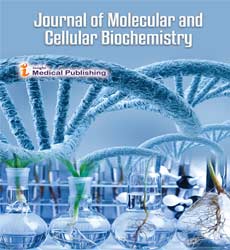Natural Cycle That Causes a Cell, Tissue, or Organic Entity
Morphogenesis is the natural cycle that causes a cell, tissue or organic entity to foster its shape. It is one of three key parts of formative science alongside the control of tissue development and designing of cell separation. The cycle controls the coordinated spatial appropriation of cells during the undeveloped improvement of a creature. Morphogenesis can happen additionally in a develop life form, for example, in the ordinary upkeep of tissue homeostasis by undifferentiated organisms or in recovery of tissues after harm. Disease is an illustration of profoundly strange and obsessive tissue morphogenesis. Morphogenesis likewise portrays the advancement of unicellular life frames that don't have an undeveloped stage in their life cycle. Morphogenesis is fundamental for the development of new structures. Morphogenesis is a mechanical interaction including powers that create mechanical pressure, strain, and development of cells and can be initiated by hereditary projects as per the spatial designing of cells inside tissues. Probably the most punctual thoughts and numerical depictions on what actual cycles and requirements mean for organic development, and thus regular examples, for example, the twistings of phyllotaxis, were composed by D'Arcy Wentworth Thompson in his 1917 book On Growth and Form and Alan Turing in his The Chemical Basis of Morphogenesis (1952). Where Thompson clarified creature body shapes as being made by fluctuating paces of development in various ways, for example to make the twisting shell of a snail, Turing accurately anticipated a system of morphogenesis, the dissemination of two unique substance signals, one initiating and one deactivating development, to set up examples of improvement, many years before the arrangement of such examples was noticed.
Open Access Journals
- Aquaculture & Veterinary Science
- Chemistry & Chemical Sciences
- Clinical Sciences
- Engineering
- General Science
- Genetics & Molecular Biology
- Health Care & Nursing
- Immunology & Microbiology
- Materials Science
- Mathematics & Physics
- Medical Sciences
- Neurology & Psychiatry
- Oncology & Cancer Science
- Pharmaceutical Sciences
